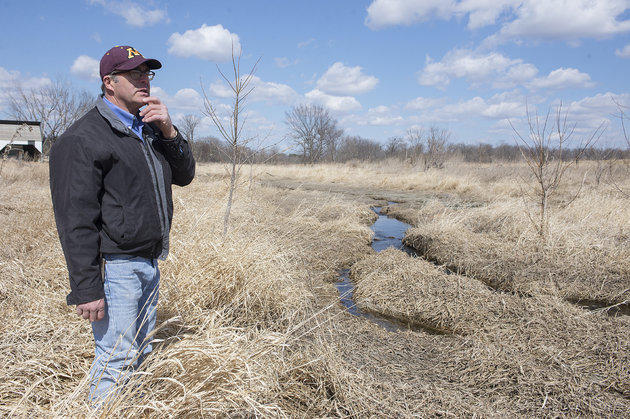Star Tribune:
“Buffers are a remarkably simple solution for a lot of pollution. “Mother Nature has an awesome filter,” said Richard Schultz, a professor at Iowa State University who has studied the effects of buffer strips on one stream near Ames, Iowa, for two decades. “Let her do her thing, and she will do it.”
Buffer strips have been a common feature in farming for centuries. Barriers of grass, bushes and trees can block the rush of water from increasingly large rainstorms, slowing erosion on the land and in river beds. More important, they also stop most of the soil, phosphorus and nitrogen that the water carries off. Tall, stiff, prairie grasses on the edge of a field act as a wall to hold soil. And phosphorus, a nutrient that produces massive and sometimes toxic algae blooms in water, sticks to the soil and stops at the barrier. Plants also capture nitrogen through their roots, absorbing it and releasing it into the air before it reaches the stream.”
Yeah but, a uniform regulation consisting of 50 feet of perennial vegetation is a great start -- compared to many places without a buffer.


